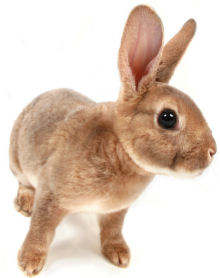Crust
The crust is the thin outer layer of the Earth where we live. Well, it
looks thin on the picture and it is thin relative to the other layers,
but don't worry, we're not going to fall through by accident anytime
soon. The crust varies from around 5km thick (in the ocean floor) to
around 70km thick (on land where we live called the continental crust).
The continental crust is made up of rocks that consist primarily of
silica and alumina called the "sial".
Mantle
The next layer of the Earth is called the mantle. The mantle is much
thicker than the crust at almost 3000km deep. It's made up of slightly
different silicate rocks with more magnesium and iron.
Outer Core
The Earth's outer core is made up of
iron and
nickel
and is very hot (4400 to 5000+ degrees C). This is so hot that the iron
and nickel metals are liquid! The outer core is very important to earth
as it creates something called a magnetic field. The magnetic field the
outer core creates goes way out in to space and makes a protective
barrier around the earth that shields us from the sun's damaging solar
wind.
Inner Core
The Earth's inner core is made up of iron and nickel, just like the
outer core, however, the inner core is different. The inner core is so
deep within the earth that it's under immense
pressure.
So much pressure that, even though it is so hot, it is solid. The inner
core is the hottest part of the Earth, and, at over 5000 degrees C, is
about as hot as the surface of the sun.
